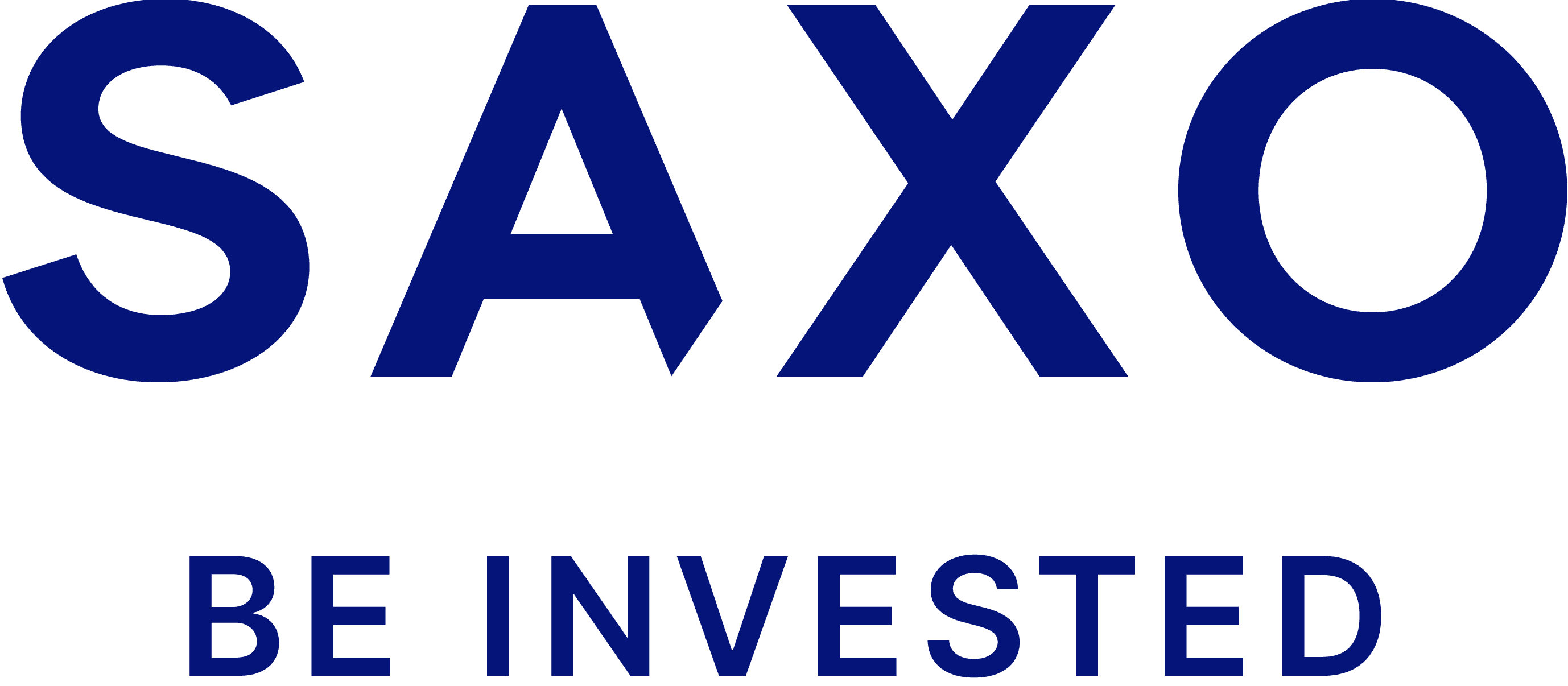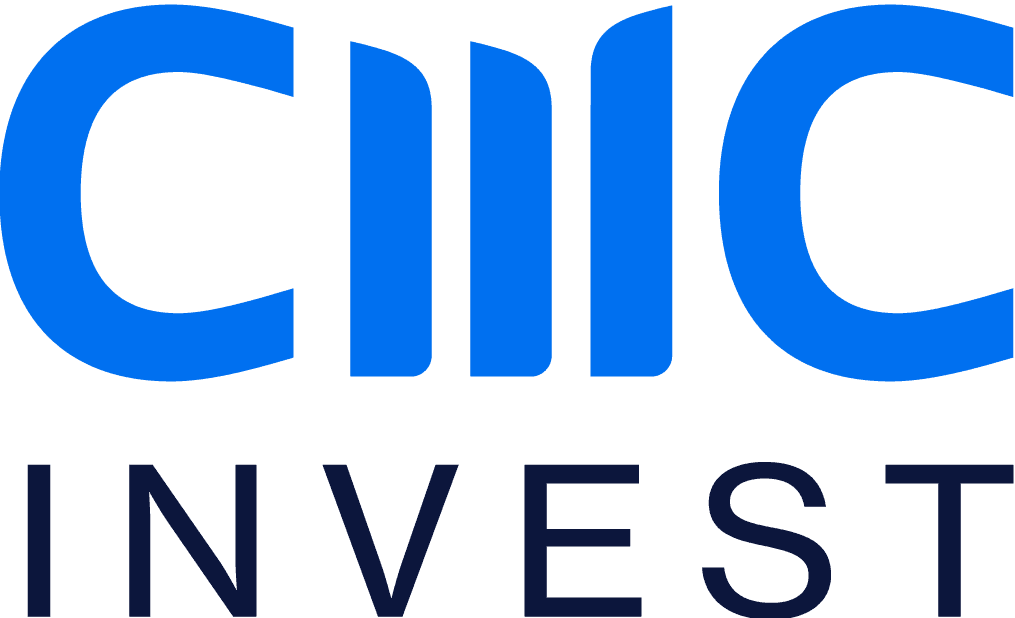Types of Savings Accounts: Where to Put Your Money
Updated: 24 Jul 2025
Written bySingSaver Team
Team
The information on this page is for educational and informational purposes only and should not be considered financial or investment advice. While we review and compare financial products to help you find the best options, we do not provide personalised recommendations or investment advisory services. Always do your own research or consult a licensed financial professional before making any financial decisions.
Singapore residents face no shortage of options when it comes to where to park their money. In this article, we will break down common savings accounts you’ll find here and go over their unique characteristics.
What types of savings accounts are available?
Depending on your financial needs, you can open any of the following savings accounts with your bank via over-the-counter or online banking services:
-
Ordinary savings account
-
High interest savings account
-
Child or youth savings account
-
Multi-currency savings account
-
Fixed deposit account
Make your savings work for you
Maximise your savings with the best high-yield savings accounts of 2025.
Ordinary savings accounts
Savings accounts typically feature low interest rates, especially for basic savings accounts.
Interest rates: POSB's eMySavings is a basic savings account with no initial deposit requirements and no service fees. Accounts for children, such as POSB's My Account and OCBC's MyOwn Account also have no initial deposit or minimum balance requirements. For no-frills accounts, expect returns between 0.05-0.25% per annum.
Minimum initial deposit and balance requirements: This can vary depending on whether the savings account is meant for teaching children how money works, or if it's geared towards working adults who want to grow their savings. The latter can have higher interest rates, though those come with a price. For instance, you'll need to credit your income to DBS, purchase a variety of their products and have at least $100,000 in your account before you become eligible for DBS Multiplier's 4.1% interest rate.
The skinny: Because savings accounts are meant to safekeep your funds, some of them may not offer the best access to your cash. It’s advisable to use a current account for everyday expenditure instead, so you don’t incur any withdrawal penalties—which can further reduce your interest rate.
>> Opening a second bank account: When to do it?
This year's hottest savings accounts are here
We've curated The Lineup of Singapore's best savings accounts according to their interest rates, fees and more.
Multi-currency savings accounts
Sometimes, having an account that only transacts in SGD isn't enough. This is because if someone were to transfer money to you from overseas, it would be automatically converted to SGD—often at unfavourable rates. This is where multi-currency accounts and their superior exchange rates come in.
Interest rates: Like ordinary savings accounts, interest rates for multi-currency accounts tend to be on the low side, between 0.0-0.15%. UOB's Global Currency Account is the worst offender here, with 0.0% p.a. for EUR, CAD, JPY, GBP and CHF and only 0.02% p.a. for USD, NZD, CNH and AUD.
Minimum initial deposit and balance requirements: Expect a range between $0 and USD $5,000 ($6,473). DBS's My Account lets you open a multi-currency account with no service charge and minimum balance requirements, for interest rates of 0.05% p.a. Meanwhile, you'll need an initial deposit of USD $1,000 (S$1,295) for UOB's Global Currency Account and USD $5,000 ($6,473) for OCBC's Global Savings Account.
The skinny: With no fall-below fee charges and minimum balance requirement, DBS's My Account is the clear winner. DBS also allows you to transact in 13 different currencies compared to the 10 currencies which OCBC's Global Savings and UOB’s Global Currency accounts provide.
Fixed deposit accounts
With global growth projected to slow by the International Monetary Fund (IMF), some people may turn to fixed deposits instead of the stock market for steady returns.
Interest rates: Interest rates for fixed deposits are currently hovering around 1.75-2.45%, though this tends to fluctuate every quarter. For example, rates of up to 3.20% p.a. were being offered as recently as December 2024.
Minimum initial deposit and balance requirements: Since funds Fixed Deposits are locked away until they mature, there's no need to worry about keeping a minimum balance because that money is not going anywhere. You'll need to put up between $5,000-20,000 for your minimum initial deposit.
>> COMPARE: 9 types of fixed deposit accounts
The skinny: It's a good time to be a Maybank customer, with interest rates of 2.45% being offered for members with everything from Passbook Savings to PremierBiz accounts. You'll need a minimum placement of at least $20,000, however, to enjoy this Maybank Deposit Bundle Promotion. Otherwise, consider UOB's Singapore Dollar Time/Fixed Deposit, which gives you up to 2% p.a. over 6 months for a deposit of $10,000.
Options similar to savings accounts
Think of these accounts as cousins of savings accounts; very similar with some key differences.
Supplementary Retirement Scheme account (SRS):
A voluntary scheme that complements the CPF, the SRS is a government scheme implemented to address the needs of an ageing population. You can open an SRS account with major banks like DBS/POSB, UOB and OCBC.
Interest rates: 0.05% p.a. or potentially more, if you use your SRS funds to invest with Singapore Savings Bonds, blue chips shares and index funds.
Maximum yearly contribution: $15,300 for Singapore citizens and Permanent Residents, $35,700 for foreigners.
The takeaway: Like fixed deposit accounts, you get penalised if you withdraw early---in this case, before your statutory retirement age. You'll have to pay a tax on 100% of the withdrawn sum, based on the tax rate applicable to your income bracket. It’s a much better idea to keep your SRS account topped up, for tax savings of up to 40%.
>> Check out: The best savings accounts to park your money
Like SRS accounts, insurance savings plans are covered under the SDIC. While SRS accounts are covered up to $100,000 under the Deposit Insurance Scheme, insurance savings plans are covered up to $50,000-100,000 under the Policy Owners' Protection Scheme.
Interest rates: Interest rates can vary greatly from product to product. Rates between 1-4.5% p.a. are common. Eyeing Singlife's 4.5% p.a. rates? You'll have to sink $100,000 into your account, and participate in 2 other Singlife bonus campaigns. Following on the heels of Singlife is SingTel's Dash PET 2 plan, with interest rates up to 3%—provided you have $50,000 and are willing to wait 3 years for your funds to mature.
Minimum amount: In terms of accessibility, GIGANTIQ by Etiqa reigns supreme. You'll only need $50 to open your account and you'll get a guaranteed return of 1.8% p.a. on your first $10,000. Meanwhile, you'll need at least $500 to open a Singlife account and $10,000 to open a SingTel Dash PET 2 account.
The takeaway: Insurance savings plans can be ideal for those who want to be insured but balk at yet another recurring monthly payment. It's also beneficial for those looking for a flexible cash management solution with better-than-average interest rates.
>> SEE: Endowments vs. Insurance savings account vs. bank savings accounts
Is it time to break up with your savings account?
Jumping through too many hoops to score bonus interest? This may be a sign that your relationship with your savings account is on the rocks.
Relevant articles
About the author
SingSaver Team
At SingSaver, we make personal finance accessible with easy to understand personal finance reads, tools and money hacks that simplify all of life’s financial decisions for you.










